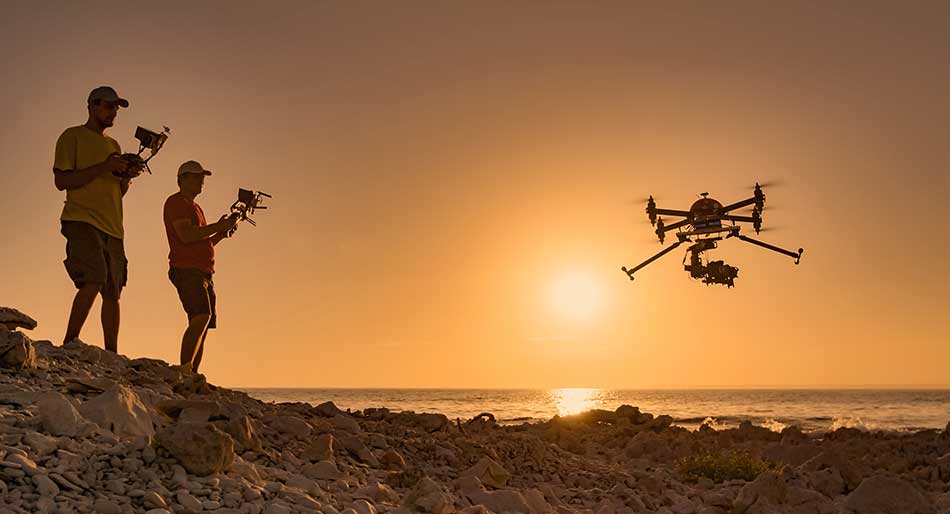
Where just a few years ago, drones were a novelty item that only wealthy people (or the military) could afford, today there is a market ripe with high-quality, feature-packed drones at affordable prices.
That means that drones are becoming a more and more important aspect of photography, and to a larger extent, our society and economy as well.
With the growing popularity of drones and the increasing uses for them for making money, it makes sense to think about starting a drone photography business.
But before you go out and buy a drone and start advertising your services, there's a few things you should know...
First Things First: Get Certified

If you've got a little drone you fly around for fun, there's regulations to follow (like how high you can fly), but you don't need any kind of certificate or license to do so.
That's not the case if you're flying a drone for commercial purposes.
Before you ever take flight with your drone, you need to first take part in an FAA-approved training program. Specifically, you need to have a Remote Pilot Certificate to fly drones commercially.
According to the FAA, there are numerous requirements you must meet in order to get the certificate. These include:
- Be at least 16 years old
- Be able to read, speak, write, and understand English (exceptions may be made if the person is unable to meet one of these requirements for a medical reason, such as hearing impairment)
- Be in a physical and mental condition to safely operate a small UAS
- Pass the initial aeronautical knowledge exam at an FAA-approved knowledge testing center
The FAA provides study materials and links to relevant resources if you follow the link above.

As part of this process, you'll also need to register your drone with the FAA to be in compliance with the FAA's Part 107 rules for UAVs.
Furthermore, you'll want to complete the FAA's Integrated Airman Certification and Rating Application (IACRA).
The purpose of IACRA is to help you navigate the airman application process and ensure you've met all relevant regulatory and policy requirements for flying a commercial drone.
Learn About Drone Regulations
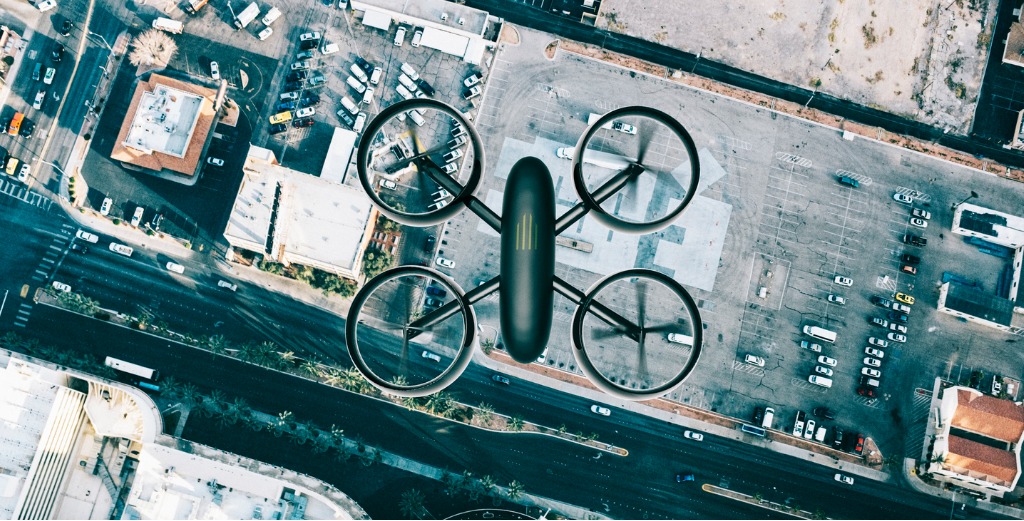
Not only are drone regulations important for your safety and the safety of others on the ground, but they're also important for your business so you're sure to be on the right side of the law at all times.
That includes keeping abreast of local, state, and federal regulations that govern the use of commercial drones.
The FAA's Part 107 guideline is an excellent resource for learning about you can and cannot do with your drone.
For example, Part 107 stipulates that:
You can fly during daylight or in twilight (30 minutes before official sunrise to 30 minutes after official sunset, local time) with appropriate anti-collision lighting. Minimum weather visibility is three miles from your control station. The maximum allowable altitude is 400 feet above the ground, and higher if your drone remains within 400 feet of a structure. The maximum speed is 100 mph (87 knots). You can’t fly a small UAS over anyone who is not directly participating in the operation, not under a covered structure, or not inside a covered stationary vehicle. No operations from a moving vehicle are allowed unless you are flying over a sparsely populated area.
Naturally, understanding the limits that are placed on you as a commercial drone pilot will help you maintain a safe record and build a solid reputation as a professional pilot.
Determine Your Business Structure
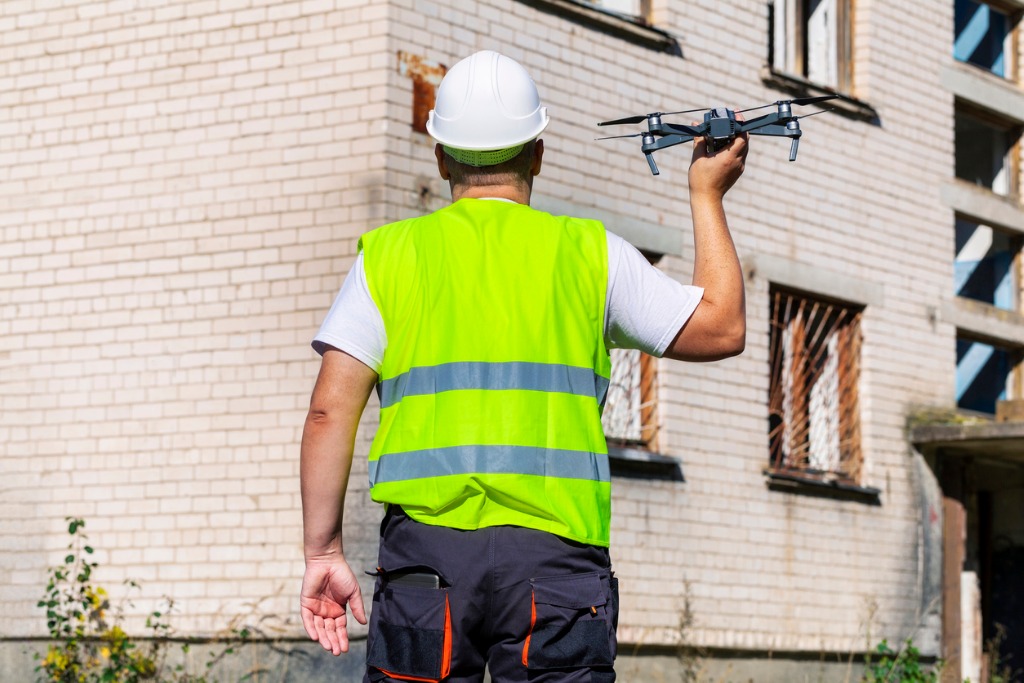
Another key component of starting a drone photography business is determining how your business will be structured.
That is, will you be a sole proprietor, an LLC, an S-corporation or something else?
A sole proprietorship is the easiest to create, but leaves you open to any debt or legal obligations that arise from your business.
An LLC, on the other hand, is a little more complex to set up, but it protects you from personal liability in many cases. Additionally, you can pass profits and losses through your personal income without paying corporate taxes, which can be a huge advantage come tax time.
S-corporations and other types of corporations are by far the most complex business structures that are usually reserved for high-risk businesses, businesses that need to raise capital, or businesses that will eventually go public and have shareholders.
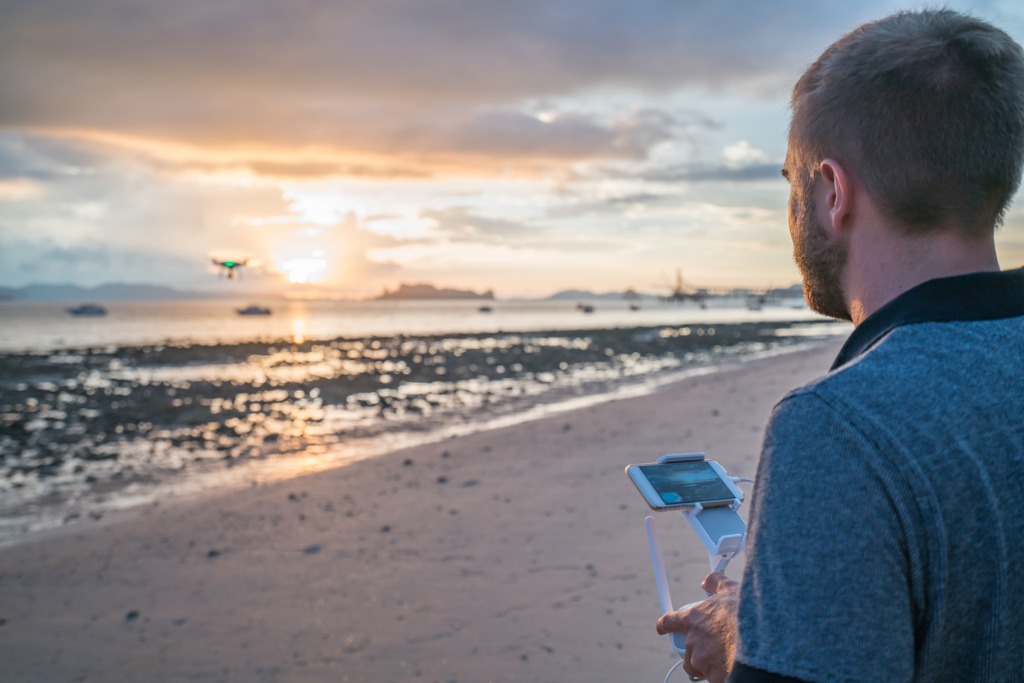
Whatever structure you elect to use, you also need to zero in on the types of drone services you will offer.
That is, will you specialize in high-end real estate photography and videography or focus on aerial mapping services for farmers?
Do you want to establish yourself as a drone instructor to teach others how to fly and take photos with drones or become a drone filmmaker?
Finding a niche is important when starting a business of any kind as that will help you gain footing and build a reputation for that specific kind of drone photography business.
Get Geared Up
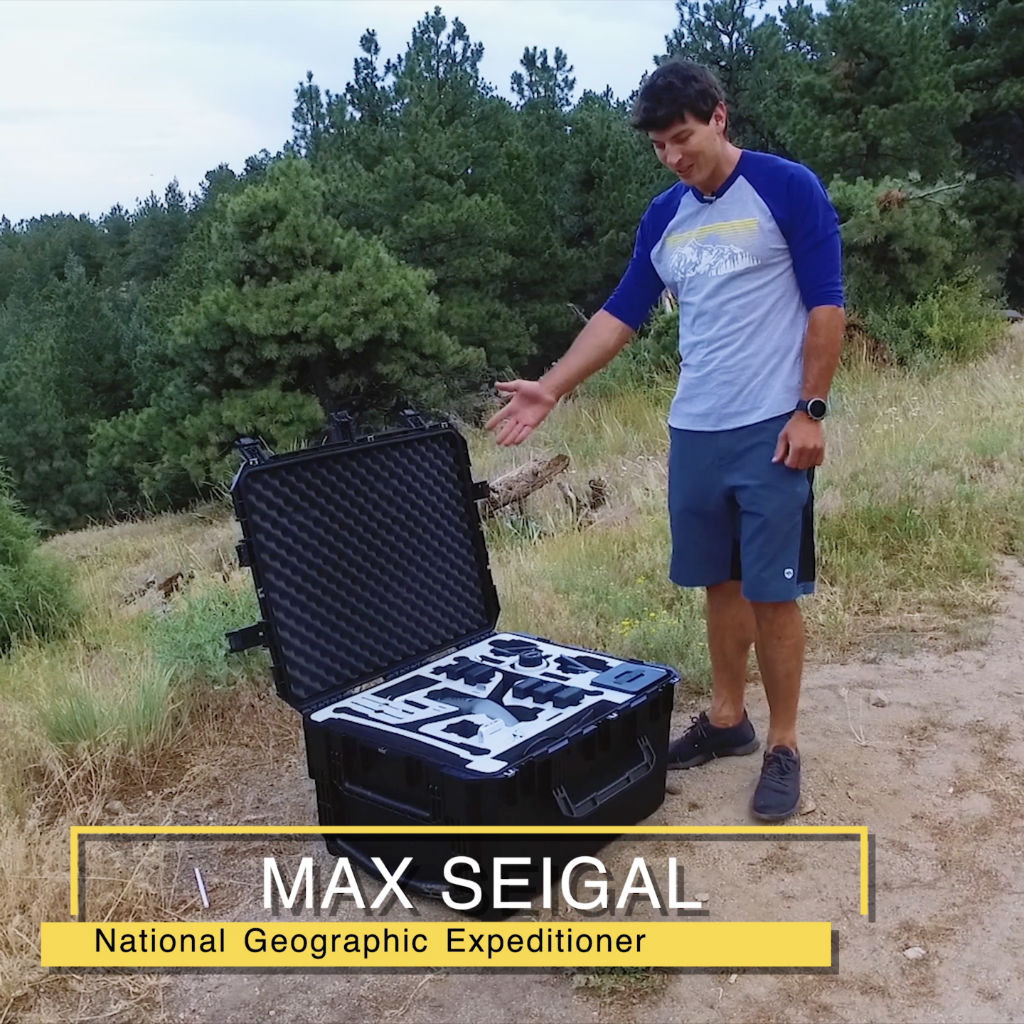
Of course, you can't have a drone business without a drone...
The great thing about drones is that there are so many available today. That can be a double-edged sword, though, because with such a vast selection, it can be difficult to figure out what drone would be best for your business.
I've got a recommendation that will help you narrow the field and zero in on one of the best drone packages that's available today: it's the DJI Inspire 2 Eagle Edition Kit from Drone World.

To say that this drone kit is legit is a massive understatement.
Designed by Drone World specifically for prosumers and commercial applications, the Eagle Edition Kit offers the kind of performance and features that any commercial drone pilot would want.

That includes a new HD Helical Antenna (shown above) that gives you four-times better performance - a must-have when your reputation as a great pilot is on the line.
Thanks to its improved performance, you can enjoy 720p resolution with minimal latency, as well as enhanced safety. In other words, you get more consistent and reliable video from your drone while also being able to fly with greater safety and confidence.
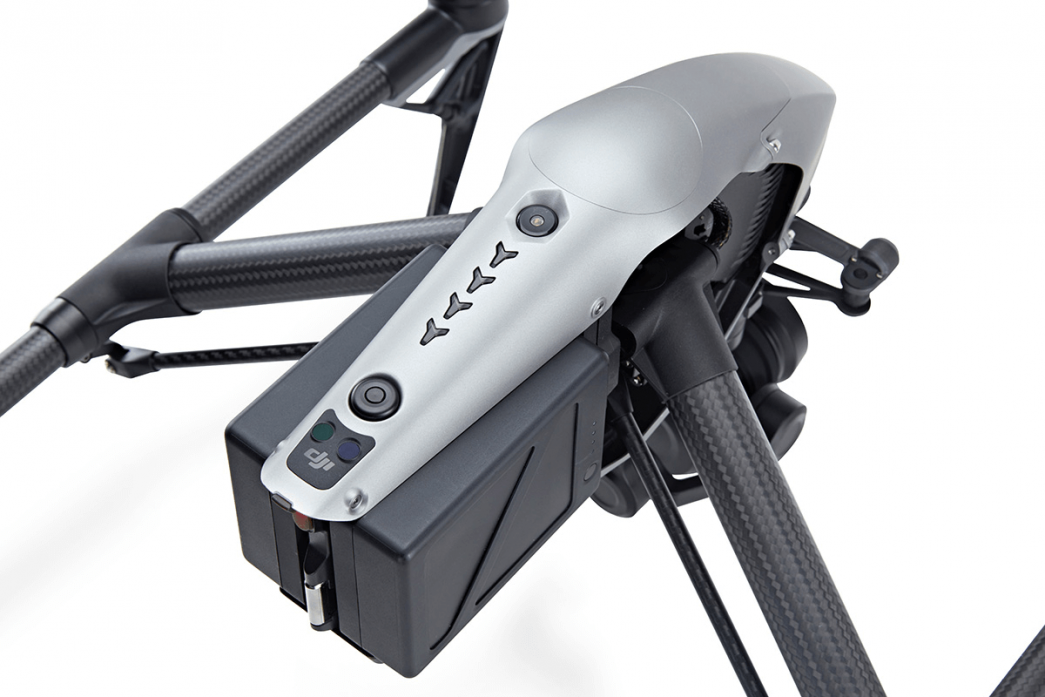
You'll also appreciate the fact that this kit comes with a variety of filters that help you enhance your photos and videos.
That includes a polarizing filter for minimizing glare and maximizing contrast in the sky, a variable neutral density filter that allows you to slow the shutter down to get dreamy, cinematic shots, and two dual-stacked neutral density/polarizing filter combinations that give you the best of both worlds.

And that's just the tip of the iceberg. Consider this incredible list of goodies that's included in this kit:
- Two batteries with a battery hub and charger for simultaneous charging
- A 240GB CINESSD Card
- A 64GB memory card
- A controller sunshade
- An Apple Lightning/USB cable
- A portable battery charger
- A mini FPV drone just for fun

Also included in the kit is the awesome hard wheeled case shown above.
The case will accommodate all your gear, including up to 16 batteries, a battery charger, up to three camera lenses, a remote, a monitor, and of course, the Inspire 2 drone.
The case is built like a tank, too, with ultra-tough synergy base foam to protect your gear and a waterproof design to keep it dry.
In other words, if you're thinking about venturing into the world of commercial drone photography, get certified to fly, learn about relevant regulations, set up your business, and then get outfitted with a drone that is purpose-built for commercial flying like the Drone World Inspire 2 Eagle Edition. Learn more about this awesome rig in the video above.
There are certainly other steps involved in starting a business, but these will help you get off on the right foot.
This blog post about "How to Start a Drone Photography Business?" was first published on our website here https://www.photographytalk.com/photography-business-tips/8665-how-to-start-a-drone-photography-business